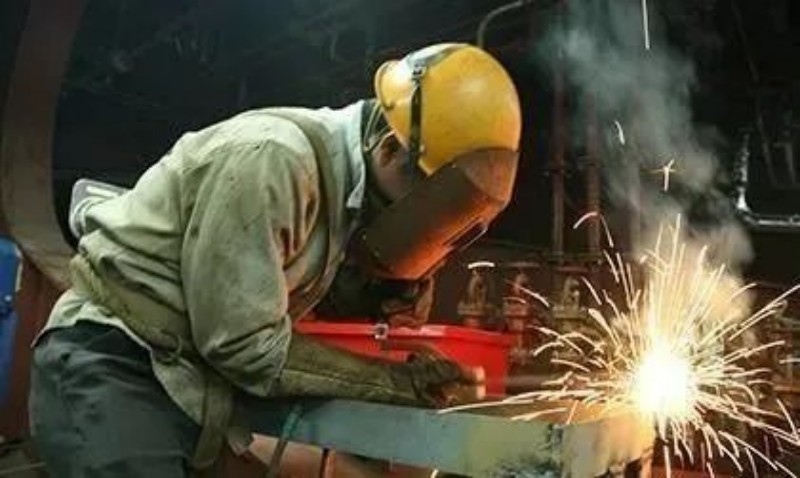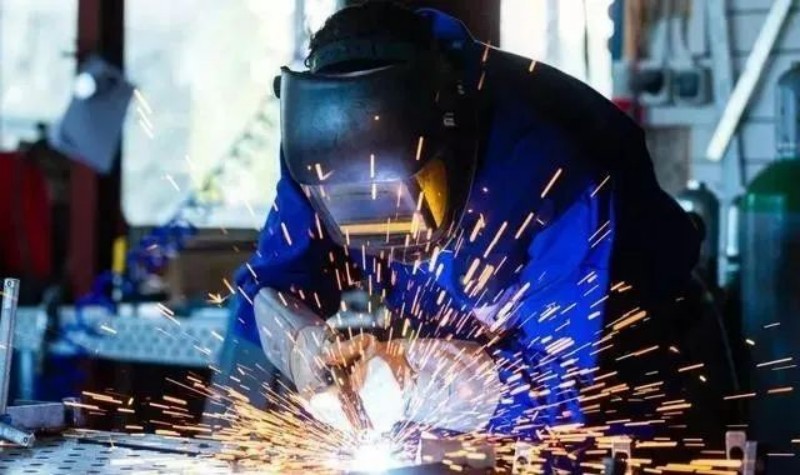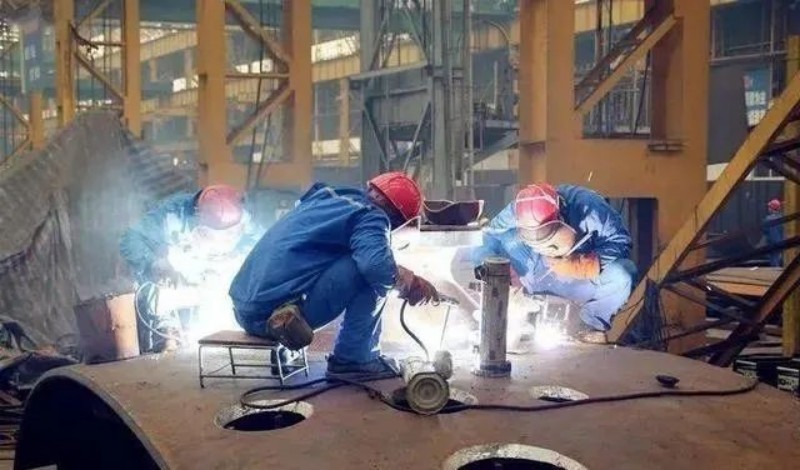Electrode sticking is the phenomenon of electrode and part sticking together when the welder spot welds and the electrode and parts form an abnormal weld. In severe cases, the electrode is pulled out and the cooling water flow causes the parts to rust.
There are four main reasons for electrode sticking during welding: the working surfaces of the two electrodes are not parallel, the working surfaces of the electrodes are rough, the electrode pressure is insufficient, and the water pipe at the cooling outlet of the welding gun is connected in reverse or the cooling water circulation is blocked.
Xinfa welding equipment has the characteristics of high quality and low price. For details, please visit: Welding & Cutting Manufacturers – China Welding & Cutting Factory & Suppliers (xinfatools.com)
1. The working surfaces of the two electrodes are not parallel
When the working surfaces of the two electrodes are not parallel, the working surfaces of the electrodes will be in partial contact with the parts, the contact resistance between the electrodes and the parts will increase, and the current of the welding circuit will decrease.
When the current is concentrated at the local contact point, and the current density at the contact point is greater than the current density of the working surface of the electrode during normal welding, the temperature of the contact point rises to the weldable temperature of the electrode and the part, and the electrode and the part will be fused.
2. The working surface of the electrode is rough
The working surface of the electrode cannot be completely fitted with the part, and only some protruding parts are in contact with the part. This situation will also cause the working surfaces of the two electrodes to be non-parallel, resulting in sticky electrodes.
3. Insufficient electrode pressure
Contact resistance is inversely proportional to pressure. Insufficient electrode pressure increases the contact resistance between the electrode and the part, and the resistance heat of the contact part increases, so that the temperature of the contact surface between the electrode and the part rises to the weldable temperature, thereby forming a fusion connection between the electrode and the part.
4. The water pipe of the welding gun cooling outlet is connected in reverse or the cooling water circulation is blocked
The water pipe of the welding gun cooling outlet is connected in reverse or the cooling water circulation is blocked, the electrode temperature rises, and the electrode and the part can be fused during continuous spot welding.
The above four situations are likely to cause the electrode and the part to be fused and connected, resulting in sticky electrode phenomenon. So, how to avoid the occurrence of sticky electrode phenomenon?
(1) File the electrode head to make the working surfaces of the two electrodes parallel and free of roughness. The welding procedure can be selected as the grinding procedure (no current output), and the working surfaces of the two electrodes can be observed to be parallel by firing the welding gun.
(2) In the grinding state, fire the welding gun 5 to 10 times to forge the working surfaces of the two electrodes to increase the contact area within the specified electrode head diameter range and improve the surface hardness.
(3) Heat the working surface of the electrode with an oxyacetylene flame to form an oxide layer (oxide layer) on the working surface of the electrode, which can increase the melting point of the working surface of the electrode and destroy the weldability between the electrode and the part.
(4) Apply red lead prepared by the welder to the working surface of the electrode to destroy the weldability between the electrode and the part.
(5) Adjust the electrode pressure and use welding parameters with high pressure, large power supply and short power-on time.
(6) Clean the cooling water pipe regularly to ensure the cooling water flow. The above are all measures that can solve the problem of sticking electrodes during welding.
Post time: Sep-29-2024






